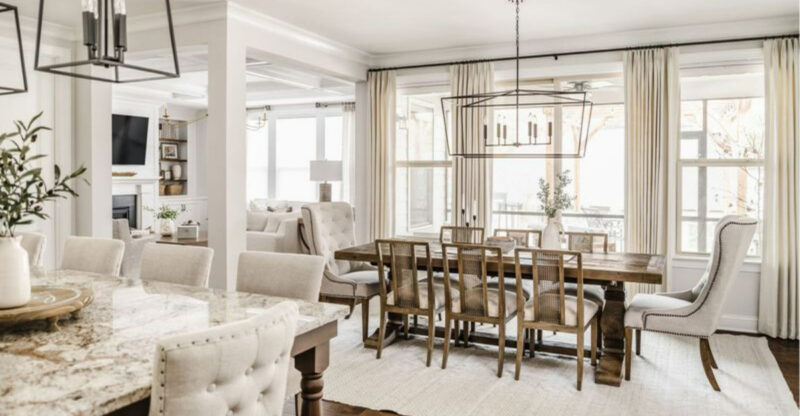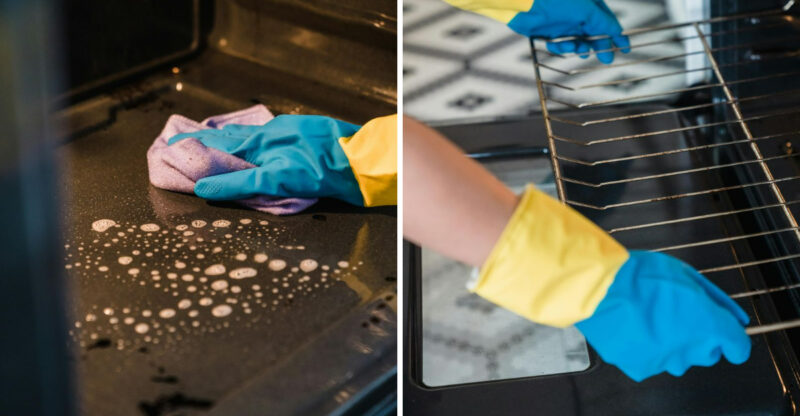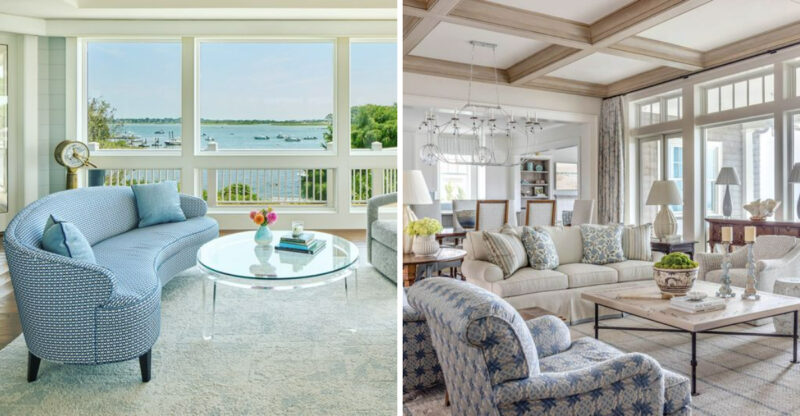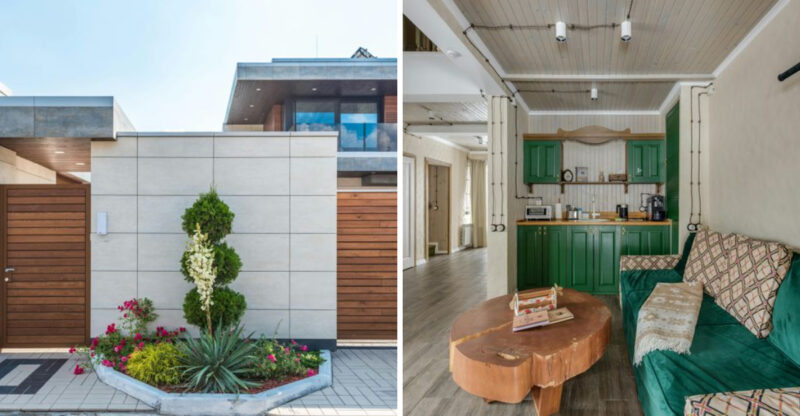What The Royal Family’s Property Moves Across California And UK Reveal About Modern Monarchy
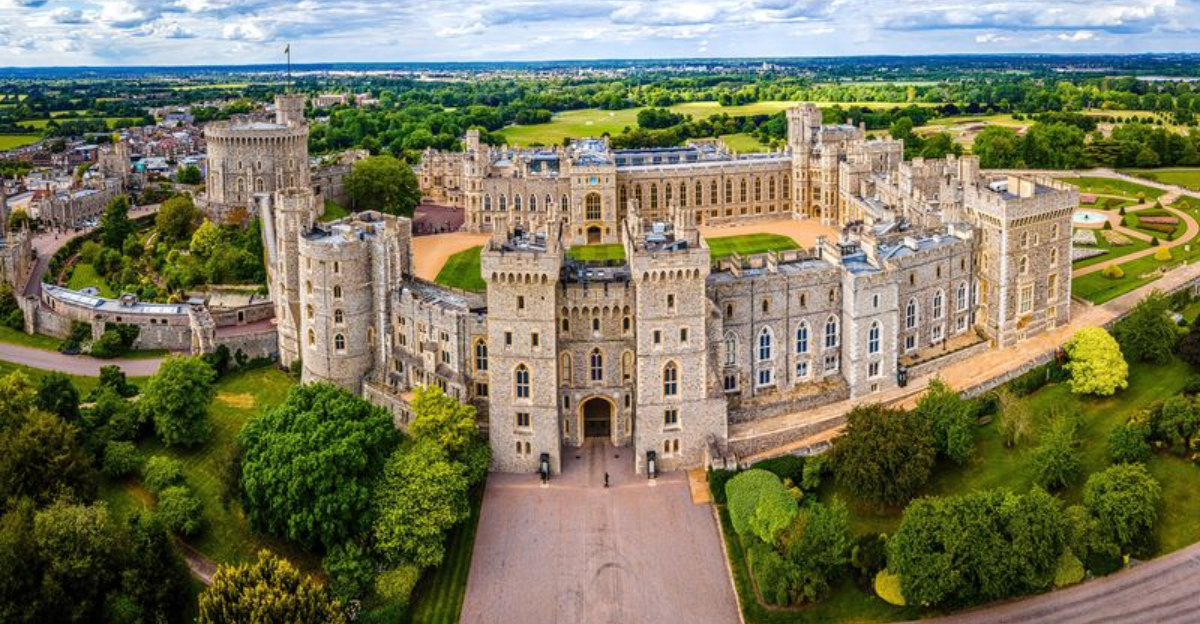
When members of the royal family move, it isn’t just about unpacking boxes or swapping views. Every new residence signals a subtle shift – in priorities, in image, in how they balance tradition with modern life.
The choice of where to live reflects what they value most now: privacy, family, and purpose. Across estates from Windsor to the quieter corners of the countryside, these decisions reveal a monarchy reshaping itself one home at a time.
1. A New Chapter At Forest Lodge
Prince William and Princess Kate are reportedly preparing to move their family to Forest Lodge on the Windsor estate. This shift signals a deeper commitment to their future roles within the monarchy.
Located in a more secluded part of Windsor, Forest Lodge offers greater privacy while keeping the family close to royal duties and responsibilities. The move could provide their children with more space to grow up away from constant public attention.
2. From Adelaide Cottage To Forest Lodge
Adelaide Cottage served as a transitional home for William and Kate after leaving Kensington Palace. The four-bedroom property allowed them to settle into Windsor life while maintaining a sense of normalcy for their children.
Forest Lodge represents a natural progression – more room, more privacy, and a stronger connection to the Windsor estate. Each move reflects their evolving needs as parents and future leaders of the monarchy.
3. The Significance Of Windsor In Royal Life
Windsor has long been a cornerstone of royal life, offering both historical importance and practical convenience. The estate provides security, privacy, and proximity to London without the intensity of city living.
For William and Kate, choosing Windsor over other royal residences shows a preference for grounded family life. It’s where duty meets domesticity, blending royal responsibilities with everyday parenting in a more relaxed setting than Buckingham Palace could ever offer.
4. How Forest Lodge Reflects William And Kate’s Future Role
Choosing Forest Lodge may signal William and Kate’s preparation for their eventual reign as King and Queen. The property offers more space and privacy for family life, and could accommodate small, private receptions if needed.
Unlike previous generations who favored grand palaces, William and Kate seem focused on balancing public service with private life. This approach could redefine how future monarchs live, prioritizing accessibility and relatability over tradition alone.
5. King Charles’s Evolving Approach to Royal Residences
King Charles has long advocated for streamlining the royal property portfolio. His vision includes opening more royal homes to the public and reducing the number of residences maintained by taxpayers.
This practical approach reflects his desire for a more modern, cost-effective monarchy. By encouraging family members to consolidate around key estates like Windsor, Charles is reshaping how royals use and occupy their historic properties.
6. What’s Next For Buckingham Palace And Clarence House
Buckingham Palace remains the monarchy’s official headquarters, though its role as a primary residence is shifting. Ongoing renovations could transform it into more of a working office and public attraction than a home.
Clarence House, King Charles’s former residence, may serve as a royal base for official functions. These changes suggest the monarchy is moving away from maintaining multiple grand residences for individual family members.
7. The Legacy Of Sandringham And Balmoral
Sandringham and Balmoral hold deep sentimental value for the royal family. These private estates serve as retreats where royals can escape public scrutiny and reconnect with nature and tradition.
Passed down through generations, both properties represent continuity and heritage. They’re less about official duties and more about family gatherings, holidays, and maintaining ties to the countryside that have defined British royalty for centuries.
8. Harry And Meghan’s Montecito Estate In Context
Prince Harry and Meghan Markle’s move to Montecito, California, marked a dramatic departure from royal tradition. Their sprawling estate offers privacy, independence, and distance from the British press and royal protocols.
This choice highlights the tension between personal freedom and royal duty. While William and Kate embrace Windsor, Harry and Meghan chose a completely different path, reflecting diverging views on what modern royal life should look like.
9. Comparing Royal Properties Across Generations
Queen Elizabeth II maintained a more traditional approach, residing primarily at Buckingham Palace and Windsor Castle. Her generation viewed royal residences as symbols of duty and continuity, with less emphasis on personal comfort.
Today’s royals are rewriting that script. William and Kate’s property choices suggest a shift toward practicality and family well-being, balancing heritage with the realities of raising children in the public eye.
10. What These Homes Reveal About Modern Royal Priorities
Property moves within the royal family reveal shifting priorities – privacy over grandeur, family over formality, and practicality and cost-consciousness over excess. Each residence choice reflects broader conversations about the monarchy’s relevance and future.
William and Kate’s Windsor-centered life, Charles’s streamlined vision, and Harry’s California escape all point to one truth: modern royals are redefining what it means to serve while living authentically in an ever-changing world.

